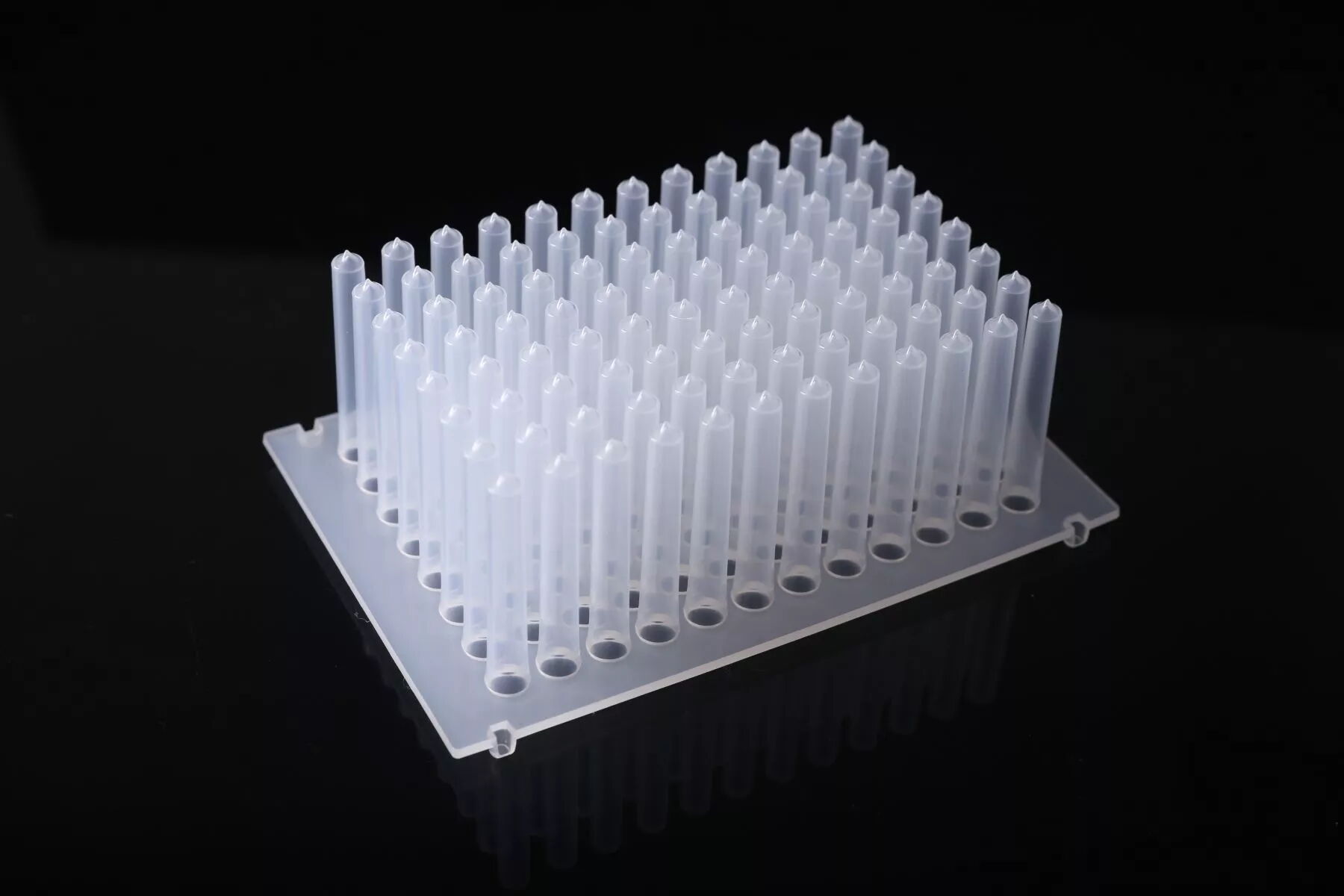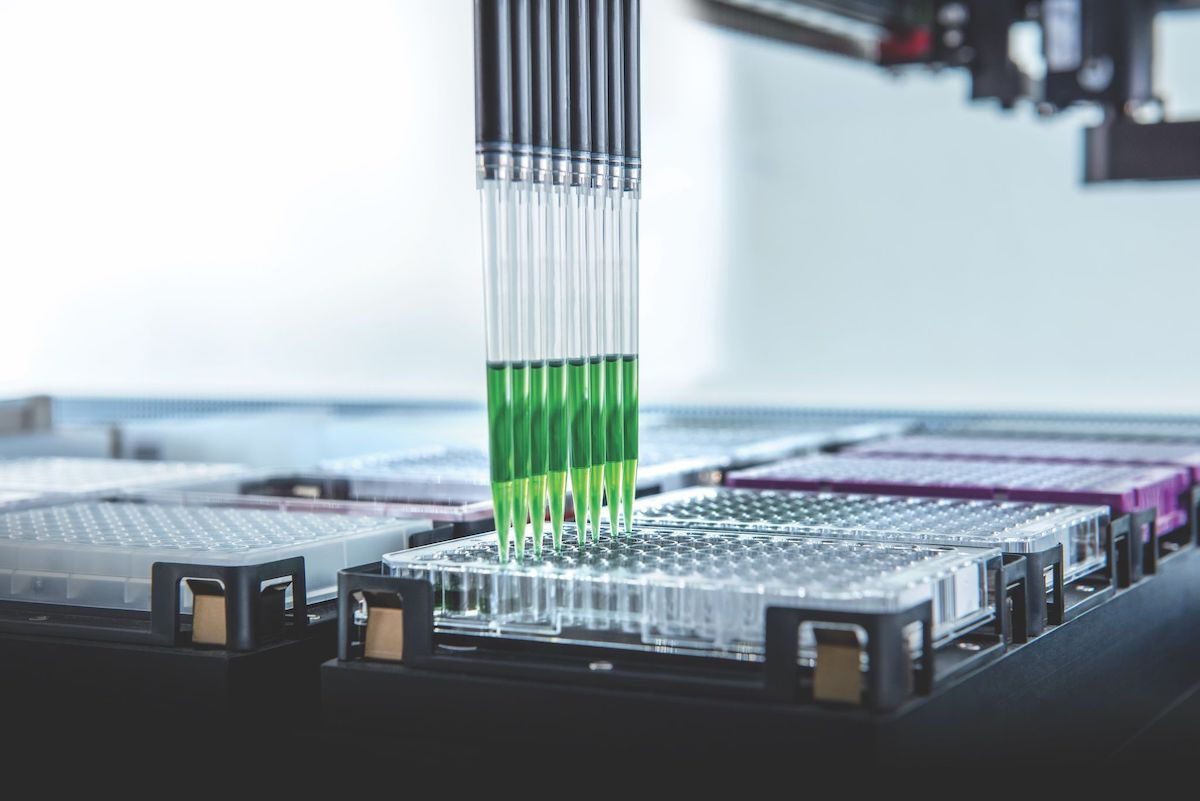How to Select Laboratory Pipette Tips
Feb 05, 2024
If you choose the wrong pipette tip type, the accuracy and precision of even the best-calibrated pipettors can be compromised. Depending on the experiment you are conducting, the wrong type of tip may also turn your pipettor into a potential source of contamination, leading to the waste of valuable samples or reagents and even causing physical harm to you in the form of Repetitive Strain Injury (RSI). There are many different types of tips available on the market.
Choosing high-quality pipette tips for accuracy and precision is paramount. When considering which tip type to choose, the first consideration is accuracy and precision. If there are variations in the shape of the pipette tip between batches or within batches, your pipetting will be inaccurate. This is a build quality and quality control issue, and, as with any manufacturing process, building quality and quality control cost money. If the tip is not suitable for your specific pipettor, it may affect the accuracy of the pipettor. If there is poor sealing between the pipettor barrel and the tip, air sucked in may escape, preventing the aspiration of the correct volume of liquid.
Universal or pipettor-specific tips can always be chosen if available from the pipettor manufacturer. However, in many cases, the best choice for your pipettor and application is to use high-quality universal tips, as professional tip manufacturers often specialize more than pipettor manufacturers. These universal tips can be used with most micropipettors on the market.
Filtered pipette tips, non-barrier and barrier tips, and filtered tips are designed for different conditions. Non-barrier tips are designed for routine laboratory work, but if you are pipetting substances that may contaminate the pipettor (such as bacteria, viruses, volatile, corrosive, or viscous chemicals), you need to consider using barrier tips to protect the pipettor and the sample.
Non-filtered/cored and filtered pipette tips: For many non-sensitive applications, you can use filtered/non-barrier or standard pipette tips. Typically, these tips are used in the laboratory for loading agarose gels, plasmid DNA separation, and similar applications. Non-barrier tips are the workhorse of any laboratory and, as a bonus, are usually a cheaper option.
These tips are available in bulk (i.e., packed in bags), pre-racked (i.e., placed on racks that you can easily place in a box), or conveniently reloadable, allowing you to easily reuse your rack. Although bulk and most reloadable tips are not sterile, you can disinfect them and their storage box/rack in an autoclave.
Aerosol Barrier Tips, also known as filtered pipette tips, have a filter at the proximal end of the tip. The filter can protect your pipettor from aerosols and prevent the inhalation of volatile or viscous solutions into the pipette barrel, all of which can contaminate and damage the pipettor. These tips are usually pre-sterilized and free of DNase/RNase. However, for some techniques, the term "barrier" is a bit of a misnomer. Only certain high-end tips can provide a true sealing barrier. Most filters will only slow down the liquid entering the pipette tube. These filtered barriers make them a choice for sensitive applications such as qPCR. The barrier prevents sample residue in the pipettor from contaminating the PCR, giving you more reliable results. Also, remember to run your PCR positive and negative controls to look for sample residue. Many times, pipettor contamination occurs when new laboratory members inadvertently aspirate liquid into the pipettor itself. Disposing of tips is much easier and more cost-effective than sending the entire pipettor for repair, as there is liquid in the piston.
Low Retention/Low Adsorption Tips: Regardless of which tip you choose, low retention is a key feature. Low retention tips, as the name suggests, retain low levels of liquid. If you have ever seen standard pipette tips, you may notice a little liquid left behind after pipetting. Low retention tips can reduce the occurrence of this situation because they contain hydrophobic plastic additives that prevent liquid from sticking inside the tip.
Cost considerations when choosing pipette tips are the same as most products, you get what you pay for. Well-made, properly installed tips are crucial for accuracy, precision, and ease of use. Investing in high-quality tips specially developed for optimal performance is worth it unless you are satisfied with less precise micropipettes. For additional features (gradation markings, barriers, etc.), you should consider whether the added features are worth the price. If there is an additional cost, choose tips with these features when needed for your experiment. Your pipettor and tips work together to achieve accurate and precise measurements. The variety of tips can be incredible. Using this guide will help you choose the right tip for each application, providing you with clearer and more reliable results.
Choosing high-quality pipette tips for accuracy and precision is paramount. When considering which tip type to choose, the first consideration is accuracy and precision. If there are variations in the shape of the pipette tip between batches or within batches, your pipetting will be inaccurate. This is a build quality and quality control issue, and, as with any manufacturing process, building quality and quality control cost money. If the tip is not suitable for your specific pipettor, it may affect the accuracy of the pipettor. If there is poor sealing between the pipettor barrel and the tip, air sucked in may escape, preventing the aspiration of the correct volume of liquid.
Universal or pipettor-specific tips can always be chosen if available from the pipettor manufacturer. However, in many cases, the best choice for your pipettor and application is to use high-quality universal tips, as professional tip manufacturers often specialize more than pipettor manufacturers. These universal tips can be used with most micropipettors on the market.
Filtered pipette tips, non-barrier and barrier tips, and filtered tips are designed for different conditions. Non-barrier tips are designed for routine laboratory work, but if you are pipetting substances that may contaminate the pipettor (such as bacteria, viruses, volatile, corrosive, or viscous chemicals), you need to consider using barrier tips to protect the pipettor and the sample.
Non-filtered/cored and filtered pipette tips: For many non-sensitive applications, you can use filtered/non-barrier or standard pipette tips. Typically, these tips are used in the laboratory for loading agarose gels, plasmid DNA separation, and similar applications. Non-barrier tips are the workhorse of any laboratory and, as a bonus, are usually a cheaper option.
These tips are available in bulk (i.e., packed in bags), pre-racked (i.e., placed on racks that you can easily place in a box), or conveniently reloadable, allowing you to easily reuse your rack. Although bulk and most reloadable tips are not sterile, you can disinfect them and their storage box/rack in an autoclave.
Aerosol Barrier Tips, also known as filtered pipette tips, have a filter at the proximal end of the tip. The filter can protect your pipettor from aerosols and prevent the inhalation of volatile or viscous solutions into the pipette barrel, all of which can contaminate and damage the pipettor. These tips are usually pre-sterilized and free of DNase/RNase. However, for some techniques, the term "barrier" is a bit of a misnomer. Only certain high-end tips can provide a true sealing barrier. Most filters will only slow down the liquid entering the pipette tube. These filtered barriers make them a choice for sensitive applications such as qPCR. The barrier prevents sample residue in the pipettor from contaminating the PCR, giving you more reliable results. Also, remember to run your PCR positive and negative controls to look for sample residue. Many times, pipettor contamination occurs when new laboratory members inadvertently aspirate liquid into the pipettor itself. Disposing of tips is much easier and more cost-effective than sending the entire pipettor for repair, as there is liquid in the piston.
Low Retention/Low Adsorption Tips: Regardless of which tip you choose, low retention is a key feature. Low retention tips, as the name suggests, retain low levels of liquid. If you have ever seen standard pipette tips, you may notice a little liquid left behind after pipetting. Low retention tips can reduce the occurrence of this situation because they contain hydrophobic plastic additives that prevent liquid from sticking inside the tip.
Cost considerations when choosing pipette tips are the same as most products, you get what you pay for. Well-made, properly installed tips are crucial for accuracy, precision, and ease of use. Investing in high-quality tips specially developed for optimal performance is worth it unless you are satisfied with less precise micropipettes. For additional features (gradation markings, barriers, etc.), you should consider whether the added features are worth the price. If there is an additional cost, choose tips with these features when needed for your experiment. Your pipettor and tips work together to achieve accurate and precise measurements. The variety of tips can be incredible. Using this guide will help you choose the right tip for each application, providing you with clearer and more reliable results.
Previous: The Use and Precautions of Centrifuge Tubes
Next: Understanding the Techniques and Differentiating qPCR from RT-PCR



